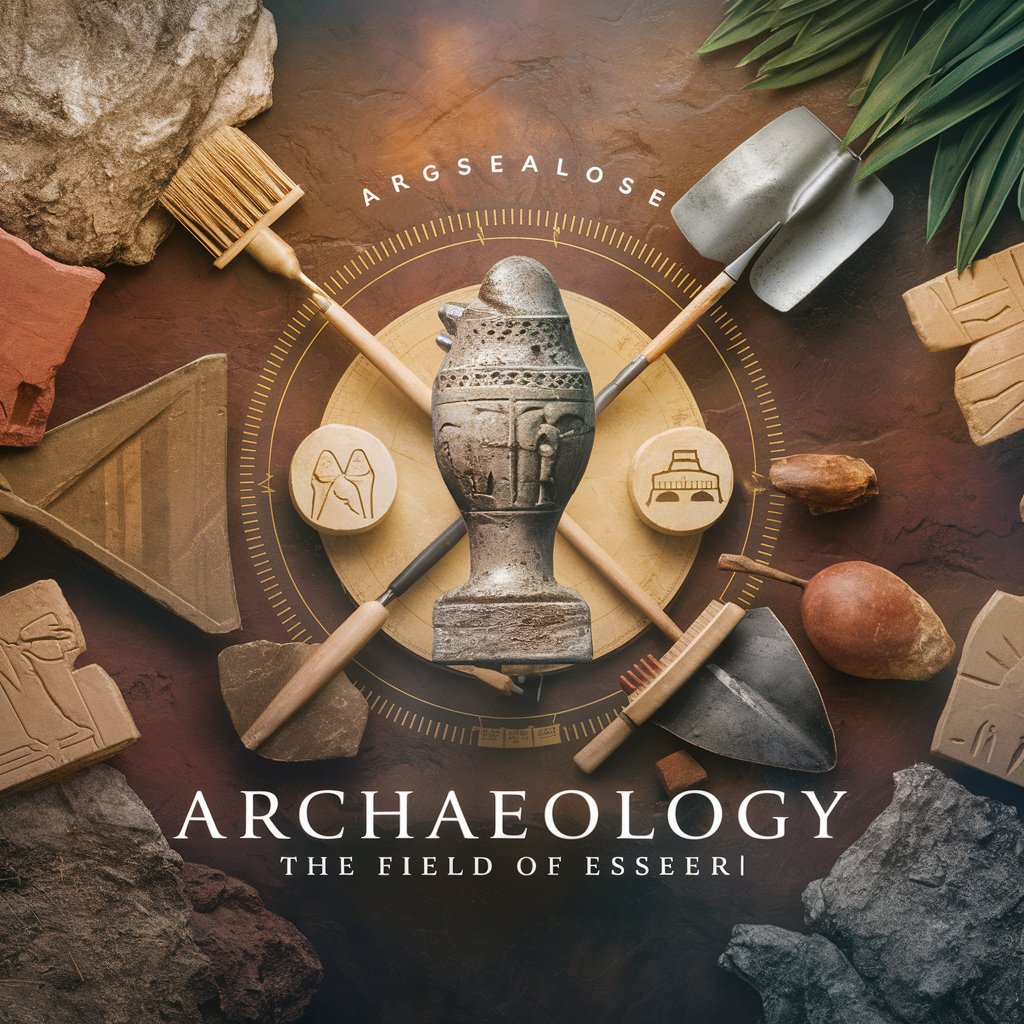Steel - Comprehensive Steel Guide

Hello! How can I assist you with your steel-related inquiries today?
Empowering Projects with AI-driven Steel Insights
Explain the differences between stainless steel and carbon steel in terms of composition and applications.
Discuss the advantages of using steel in modern construction.
What are the latest advancements in steel technology?
How does the recycling process of steel contribute to sustainability?
Get Embed Code
Introduction to Steel
Steel is a versatile and durable alloy that is primarily made of iron and carbon, with the addition of other elements to enhance its properties. It is designed to offer a balance of strength, durability, and malleability, making it indispensable in various sectors including construction, automotive, manufacturing, and engineering. Steel's design purpose revolves around its adaptability to a wide range of applications, from building infrastructure such as bridges and skyscrapers to manufacturing tools, vehicles, and appliances. An example illustrating Steel's utility is its application in constructing high-rise buildings; its strength allows for structures that can withstand extreme forces, while its flexibility helps in absorbing vibrations during earthquakes. Powered by ChatGPT-4o。

Main Functions of Steel
Structural Support
Example
Construction of buildings and bridges
Scenario
Steel beams, columns, and trusses provide the skeleton that supports the weight of construction projects, offering the required strength and flexibility.
Manufacturing Tools and Machinery
Example
Creation of cutting tools and heavy machinery
Scenario
Due to its high tensile strength and resistance to wear and tear, steel is used in manufacturing tools like drills and lathe machines, which require durability and precision.
Automotive Industry
Example
Fabrication of vehicle frames and body parts
Scenario
Steel's strength and formability make it ideal for creating safe and durable vehicle frames, enhancing crash resistance while maintaining efficiency.
Infrastructure Development
Example
Railways, airports, and stadiums
Scenario
Steel's versatility supports the construction of complex and large-scale infrastructure projects, enabling the development of efficient transport networks and recreational facilities.
Ideal Users of Steel Services
Construction Professionals
Architects, engineers, and construction managers utilize steel for its structural integrity and flexibility, enabling them to design and construct buildings and infrastructures that are both safe and aesthetically pleasing.
Manufacturers
Businesses involved in the production of machinery, tools, and consumer goods rely on steel for its durability and malleability, ensuring the creation of high-quality, long-lasting products.
Automotive Industry
Automakers and automotive engineers use steel in vehicle construction for its strength and crashworthiness, contributing to safer and more reliable transportation.
Researchers and Developers
Scientists and innovators in material science and engineering explore the properties of steel, seeking new ways to enhance its characteristics for future applications, from sustainable building practices to advanced manufacturing technologies.

How to Use Steel Effectively
Start Your Journey
Initiate your exploration by accessing a comprehensive steel resource platform, such as yeschat.ai, which offers a trial experience without the necessity for login or subscription to premium services.
Identify Your Needs
Determine the specific requirements of your project or application, considering factors such as the environmental conditions, strength requirements, and desired longevity of the steel product.
Select the Right Type
Choose the appropriate type of steel for your application, from carbon steels for general use to alloy steels for specialized purposes, based on their properties and your project's needs.
Understand Processing Techniques
Familiarize yourself with common steel processing techniques, such as rolling, welding, and coating, to ensure optimal performance and durability of the steel in its intended application.
Implement and Maintain
Apply the chosen steel in your project with proper installation techniques and adhere to maintenance guidelines to maximize the lifespan and effectiveness of the steel product.
Try other advanced and practical GPTs
Glamour
Elevate Your Style with AI-Powered Glamour

Archaeology
Uncovering the past with AI

Dollar
Empowering financial understanding with AI

Openaigptbot.com Navigator
Navigate AI Chatbots with Precision

Sneakers
Empowering Your Footwear Choices with AI

GhibliGPT
Crafting Imaginative Anime Visions with AI

Gender
Empowering Insights with AI on Gender

Sonic
Empowering Innovation with AI

Humidity
Harness AI for Mastering Moisture

DocNinjas
Empowering document creation with AI

Nahida
Enhancing Your Genshin Impact Adventure

アダチさん36号(クラスタサービス篇)
Empowering Cluster Services with AI

Frequently Asked Questions About Steel
What are the main types of steel?
Steel is primarily categorized into four main types: carbon steel, alloy steel, stainless steel, and tool steel. Each type has distinct properties and applications, ranging from construction materials to precision manufacturing tools.
How is steel's strength measured?
Steel's strength is typically measured in terms of tensile strength, yield strength, and hardness. These metrics indicate the maximum stress steel can withstand, the stress at which it begins to deform permanently, and its resistance to indentation, respectively.
Can steel be recycled?
Yes, steel is one of the most recyclable materials in the world. It can be recycled without loss of quality, making it a sustainable choice for a wide range of applications.
What advancements have been made in steel technology?
Recent advancements in steel technology include the development of high-strength, lightweight steels, improved corrosion-resistant alloys, and more efficient manufacturing processes, contributing to enhanced performance and sustainability.
How does the environment affect steel?
The environment can significantly impact steel, leading to corrosion and degradation over time. Protective measures, such as coatings and galvanization, are essential to prevent rust and extend the lifespan of steel products in various environments.
